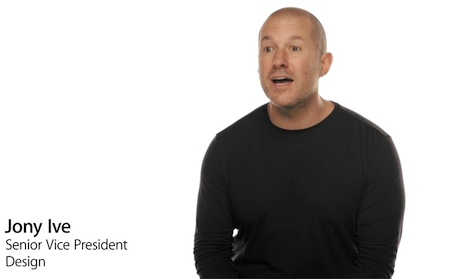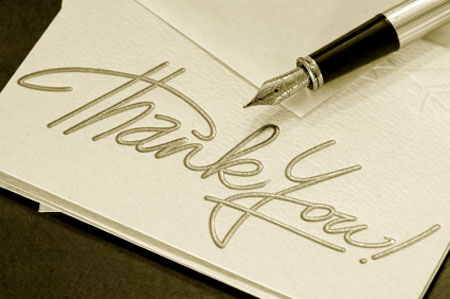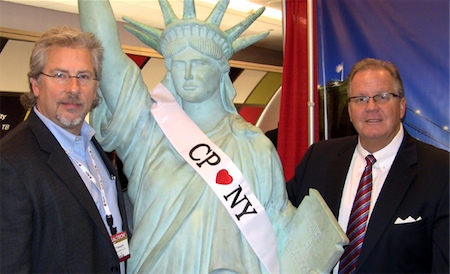Originally published on March 29, 2011 in our free BigLaw newsletter. Instead of reading BigLaw here after the fact, sign up now to receive future issues in realtime.
I have previously written in the BigLaw newsletter about the benefits, as well as the drawbacks, of developing mobile apps for both marketing purposes and in-firm use. I have also discussed the app development and approval process.
Today I'll share my recent experience and the challenges I encountered developing my own commercial iPhone apps for lawyers. Even if your firm does not yet develop mobile apps, I believe you'll find these lessons useful for all your technology initiatives.
Focus on Essential Tasks and Avoid Feature Bloat
When I first started developing apps two years ago, I heard an Apple executive say that the best mobile apps do one thing and do it well. What I garnered from this advice is that an app should be developed from the get-go with a singular purpose in mind.
Ask: What will users want to do with the application and what is the most efficient way to offer this functionality? The Swiss Army Knife approach to app development or development in general rarely works, as it grows too cumbersome (feature bloat). Users should be able to start the app, use it for a single purpose, and quickly get out.
I took this approach when I developed my first iPhone app — Court Days. It started with the simple idea that an attorney should be able to quickly calculate the number of court days or calendar days from a given date. At the time (when there were a mere 50,000 iPhone apps), a few date calculators already existed on the App Store, but all of them calculated the number of calendar days between two dates. None excluded weekends and holidays — an essential feature for lawyers. I wanted such an app for use in my own law practice so I believed in the concept.
Once I overcame a fairly steep learning curb associated with mastering my first programming language, the actual "coding" of the app was not very difficult. Like writing a letter or brief, if you follow the basic rules of spelling, grammar, punctuation, and syntax, the device will do what you tell it to do. Mix in a little bit of elementary school math (in my case, adding and subtracting court or calendar days), and you have a simple and useful tool.
You May Not Know What's Missing Until You Build Version 1.0
That is not to say I didn't encounter hurdles, the most significant of which I anticipated but grossly underestimated in terms of the amount of time and resources necessary to overcome. The problem is that every jurisdiction within the United States, at the federal, state, and local levels, observes different court holidays. For example, Alaska observes Alaska Day, Hawaii observes King Kamehameha Day, and Louisiana and two counties in Alabama observe Mardi Gras Day. Many of these regional holidays change from year to year and in some states, such as Massachusetts, individual courts set their own court holiday schedules.
Once I collected holiday data for 63 different jurisdictions and completed the app, I felt satisfied with the experience. The Court Days app was well received by the public and I received lots of constructive feedback from lawyers — much of which I incorporated into future updates to the app.
As time went by, however, I was troubled by the fact that I did not use Court Days in my own practice as much as I originally anticipated. It's not that the app did not work as intended — because it did. Rather, I found that it slightly missed the mark in terms of being a tool that I wanted to use in the ordinary course of my practice.
It dawned on me that lawyers do not perform date calculations in a vacuum. The date calculations are always performed in context with a future and pending action, such as a hearing date or filing deadline. The app, on the other hand, performed simple date calculations without context. In other words, litigators need triggered calculations (e.g., 16 court days before a certain date) before starting up the app. It was just as efficient to manually count days on a paper calendar. The app was designed to be simple, but it turned out to be a little too simple. And I suspected that other attorneys had reached the same conclusion.
An Essential Function Trumps Simplicity
I began to reevaluate the Court Days app to find a solution that I could promote as a viable tool for practicing lawyers. After experimenting with a number of different concepts, I finally settled on a solution that tested the boundaries of my number-one rule — simplicity. The new app, Court Days Pro, would still calculate court days, but would do so using a rules-based approach.
For example, in Court Days, if you want to know the deadline for opposing a motion a motion for summary judgment in California, you would first have to remember that the opposition must be filed 14 days prior to the hearing, and then enter both a target date and the number 14 into the calculator.
By contrast, with Court Days Pro, you would have the primary triggering event (the hearing on the motion for summary judgment) and all the associated rules-based deadlines (dates for moving papers, opposition briefs, reply briefs, etc.) preprogrammed into the app — eliminating the need to remember and manually enter the counting information.
Although this functionality seemed like a good idea, I didn't want to release the app absent real world testing. Once app development was complete, I gave the app to 20 practicing litigators through an ingenious free service called TestFlight, which enables developers to overcome some of the hurdles that exist when beta testing iOS apps. After several weeks of real world testing, I collected the beta testers' comments and suggestions, many of which I incorporated into the final version of Court Days Pro, which is now available on the App Store.
Emulate Apple's Iterative Approach
Every few years, Apple unveils a new product category, but thereafter it refines these products — most recently with the iPad 2. This iterative process and attention to detail has made it the most valuable technology company in the world.
App development is similar. It requires you to constantly reevaluate and refine the product to meet the needs of end users and stay ahead of the competition. Just a couple of weeks out from Court Days Pro's release, I'm already working on an update that will add feature requests (e.g., a help screen). I have certainly learned a lot, but the learning process never ends. I expect to push out updates and revisions as I continue to receive feedback from real world users. I suspect the same is true of the technology initiatives currently underway in your law firm.
Written by Dan Friedlander of LawOnMyPhone.com.
How to Receive BigLaw
Many large firms have good reputations for their work and bad reputations as places to work. Why? Answering this question requires digging up some dirt, but we do with the best of intentions. Published first via email newsletter and later here on our blog, BigLaw analyzes the business practices, marketing strategies, and technologies used by the country's biggest law firms in an effort to unearth best and worst practices. The BigLaw newsletter is free so don't miss the next issue. Please subscribe now.


















